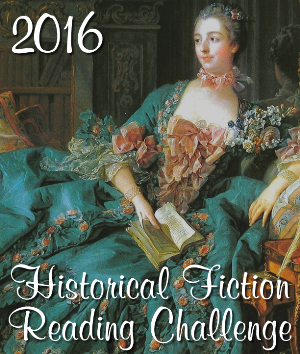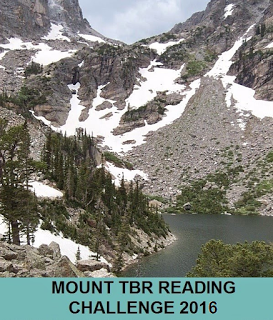 Kekla Magoon’s novel The Rock and the River is the story of Sam, son of a civil rights leader named Roland Childs, who is a friend of Martin Luther King, Jr.’s and a leading voice of the Movement. Sam and his older brother Steven, whom Sam calls “Stick,” find themselves increasingly frustrated by the lack of progress they see. When they are attacked at one of their father’s rallies, they fight back, and Stick winds up in the hospital. Some time later, Sam and his friend Maxie witness the brutal beating and false arrest of one of their friends. Sam finds Black Panther literature in his brother’s things. Though he knows involvement in the Black Panther Party would disappoint his father, Sam finds himself drawn to the group, especially the political education classes, free breakfast program, and the promise of a free clinic. At the same time, he is also attracted to the Black Panther Party’s more militant ideals, especially after the Movement loses Dr. King to an assassin’s bullet, and Sam’s own experiences with police lead him to question whether his father’s way will really bring about change or if there is a another way.
Kekla Magoon’s novel The Rock and the River is the story of Sam, son of a civil rights leader named Roland Childs, who is a friend of Martin Luther King, Jr.’s and a leading voice of the Movement. Sam and his older brother Steven, whom Sam calls “Stick,” find themselves increasingly frustrated by the lack of progress they see. When they are attacked at one of their father’s rallies, they fight back, and Stick winds up in the hospital. Some time later, Sam and his friend Maxie witness the brutal beating and false arrest of one of their friends. Sam finds Black Panther literature in his brother’s things. Though he knows involvement in the Black Panther Party would disappoint his father, Sam finds himself drawn to the group, especially the political education classes, free breakfast program, and the promise of a free clinic. At the same time, he is also attracted to the Black Panther Party’s more militant ideals, especially after the Movement loses Dr. King to an assassin’s bullet, and Sam’s own experiences with police lead him to question whether his father’s way will really bring about change or if there is a another way.
The Rock and the River is an intriguing coming-of-age story. I can’t recall that I’ve ever read any historical fiction, or even memoir/nonfiction about the Black Panther Party (aside from Wikipedia). Most of the focus of the Civil Rights Movement is on nonviolent social protest and leaders like King. Given the attention police violence against the black community has received over the last couple of years, many young adults will find Sam’s story interesting in offering a historical perspective. After a fashion, the Black Panther Party is one of the first #blacklivesmatter organizations. Some of the good they did for their communities is obscured by violence perpetuated by some individuals in the Black Panther Party. As shown in Magoon’s novel, the Panthers did institute free breakfast programs, legal counsel, and clinics in underserved and forgotten communities. Magoon does not flinch from showing the Panthers’ tensions with the police, either. I found the book to be an honest and balanced portrayal of the group (based on my own research). I plan to recommend the book for my students and get a copy for my own classroom library.
Something I have been thinking about a great deal, as it has come up both in my teaching and in my own thinking, is that we need everyone’s stories. All of us have stories. I know for a long time I heard one story about the Black Panther Party, and it wasn’t a very nuanced one. I think I started digging into my own albeit somewhat cursory research around the time I started reading and later watching Aaron McGruder’s comic/TV show, The Boondocks. The strip’s main character, Huey Freeman, is named after Huey P. Newton, one of the founders of the Black Panther Party. This connection prompted me to read a little bit more about Newton and the Black Panthers. Magoon’s book is the first novel I’ve seen about the group, however. I particularly appreciated the novel’s nuanced portrayal of the Black Panthers. It was an intriguing book and told a story that I haven’t seen told before. There is a danger in hearing only one story or one side. People, and by extension groups of people, are rarely all good or all bad or all black or all white. For that reason, I think it’s important that we hear as many stories as we can and make it our business to listen to one another. I’m glad that Magoon told this story.
Rating:




Set in 1968 Chicago, this book was published in 2009. I purchased it for my Kindle in 2010, but I hadn’t read it until now. Picking it up enabled me to address a book that’s been on my reader library and in my TBR pile for quite some time. A good start for three challenges in the first week and a half of January!


